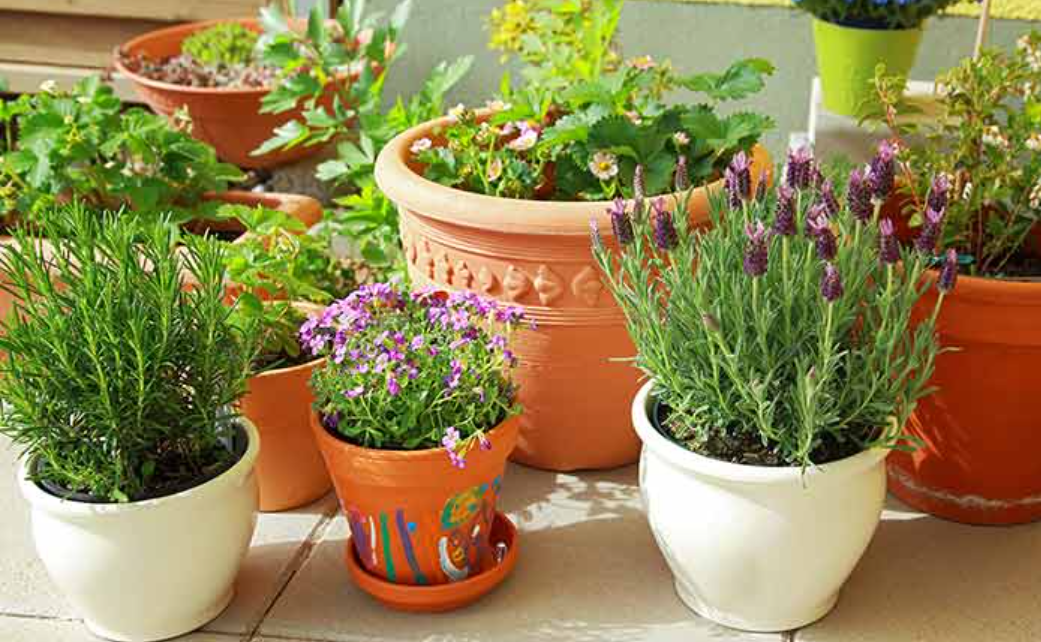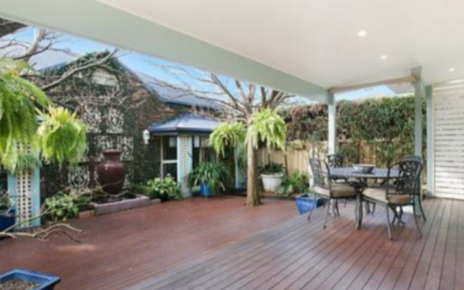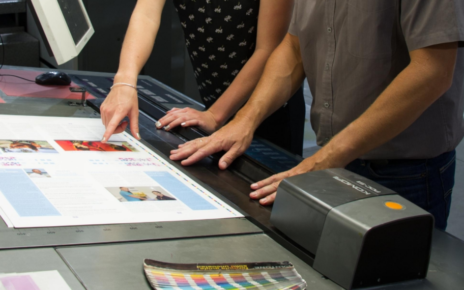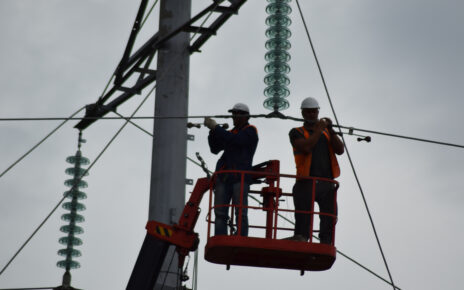Several materials exist for the pots: geotextile, terracotta, wood, plastic, zinc, concrete. Should you choose for aesthetics, price, or function?
It remains a personal choice but, your choice will determine the type of culture and also the rendering given to your exterior.
To make your life easier, we’ve summarized the pros and cons of each type of pot.
Find all our advice in this article.
WHAT DO YOU WANT TO PLANT IN YOUR POTS?
Here is the first question to ask yourself before choosing the material of the pot. Indeed, if you want to grow trees, plastic is strongly discouraged because it is often too light. Your pots will tend to turn over as soon as a strong wind arises. In addition, large volumes should be favored and the size of the pot will also determine its price, therefore…. The material.
If you want to grow vegetables whose root system is essential for development, then you will need to choose geotextile pots. But, before going any further, here are all the pros and cons of each material.
GEOTEXTILE POT
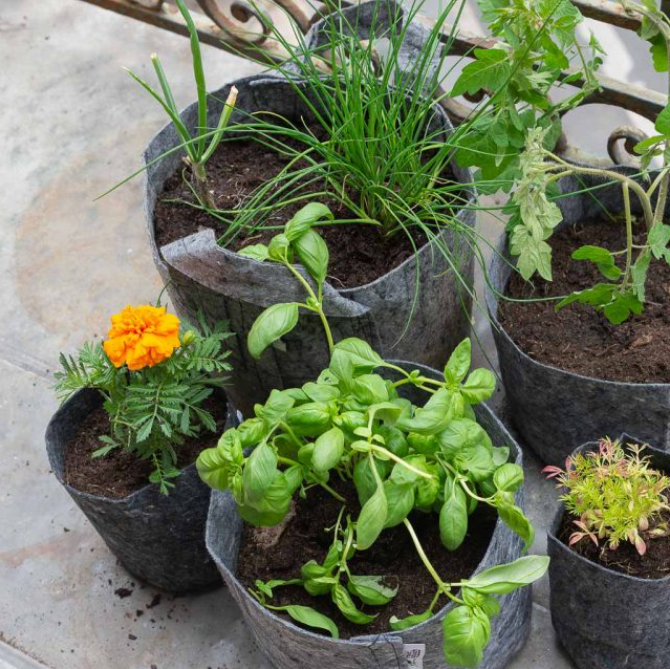
This type of pot is Greenastic’s favorite pot.
Not only ecological (because made from recycled plastic bottles), the geotextile pot is the most suitable pot for all crops. Its system not only allows the roots to be ventilated as much as possible (and therefore allows optimal root growth) but, above all, it allows perfect drainage.
Made of recycled material, geotextile pots are very ecological and economical.
Its aesthetics allow it to be put both outdoors and indoors. Finally, it is resistant to extreme temperatures by keeping the heat of the earth in winter and allowing the earth to aerate in summer and, above all, it is machine washable!
PLASTIC JAR
The big advantage of the plastic pot is of course its unbeatable price.
Very light, it is easy to move it, but this advantage prevents it from being a suitable pot for large plantings because the wind resistance of large plantations will always cause the plastic pot to fall.
Now with the very peppy colors of the plastic pots, these pots, which used to be unsightly, become an asset and allow you to create a very modern exterior.
On the other hand, the plastic being hermetic, the roots will not have aeration and the soil will dry out very quickly.
Take a tank pot or install an olla to help keep the soil a little damp.
TERRACOTTA POT
The traditional pot par excellence has a very big advantage: it is not airtight. So the earth will be aerated. These pots are very aesthetic but unfortunately expensive.
Not resistant to frost, they must always be put in or taken care of because otherwise, the pot will crack.
WOOD POT
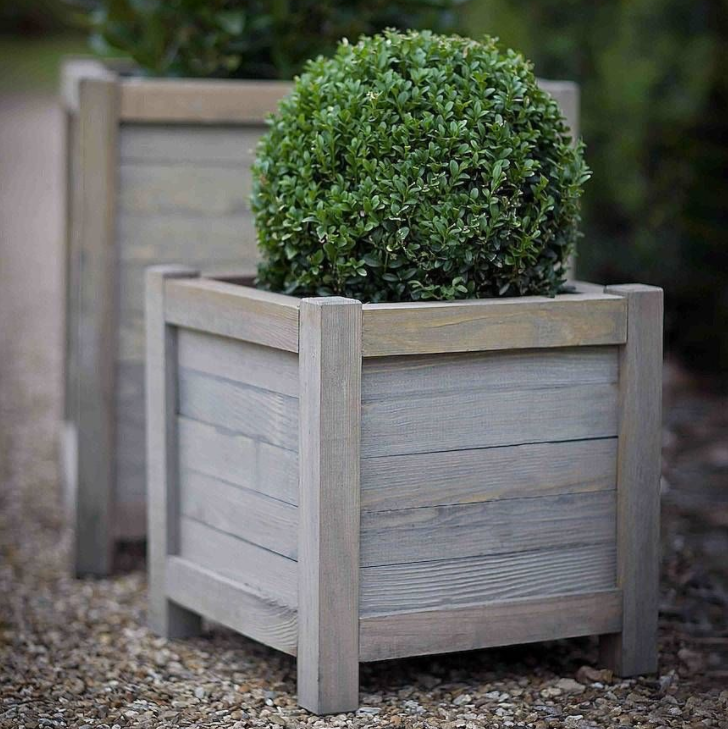
The wooden pot will immediately give a very natural appearance to your exterior.
Having many advantages (resistance to frost, ventilation of the roots…) the wooden pot will age badly and will tend to change color. You can treat the pot, but be careful not to use chemicals that will be picked up by the soil.
The other advantage is that you can build your own wooden box yourself.
ZINC POT
The zinc pot gives a very modern look to an exterior. However an essential precaution will be to drill the bottom so that there is drainage of water otherwise, the zinc pot will always keep stagnant water. This standing water is not good for plants because it can lead to root rot.
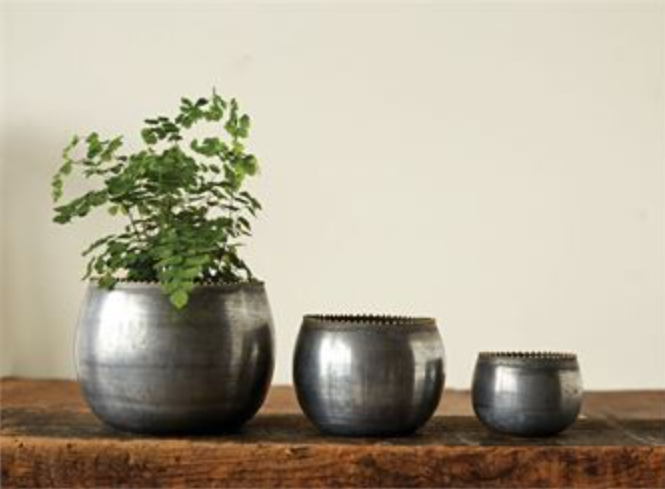
Finally, its cleaning will be a little complicated since it will be necessary to use an ammonia solution to remove the layer that forms naturally on the pot.
CONCRETE POT
The concrete pot is suitable for all plantings. However, the aeration of the soil is not optimal.
Its lifespan is almost eternal and the new shapes allow you to create pots exactly as you want (shape, color).
However, these custom-made pots are still very expensive.


